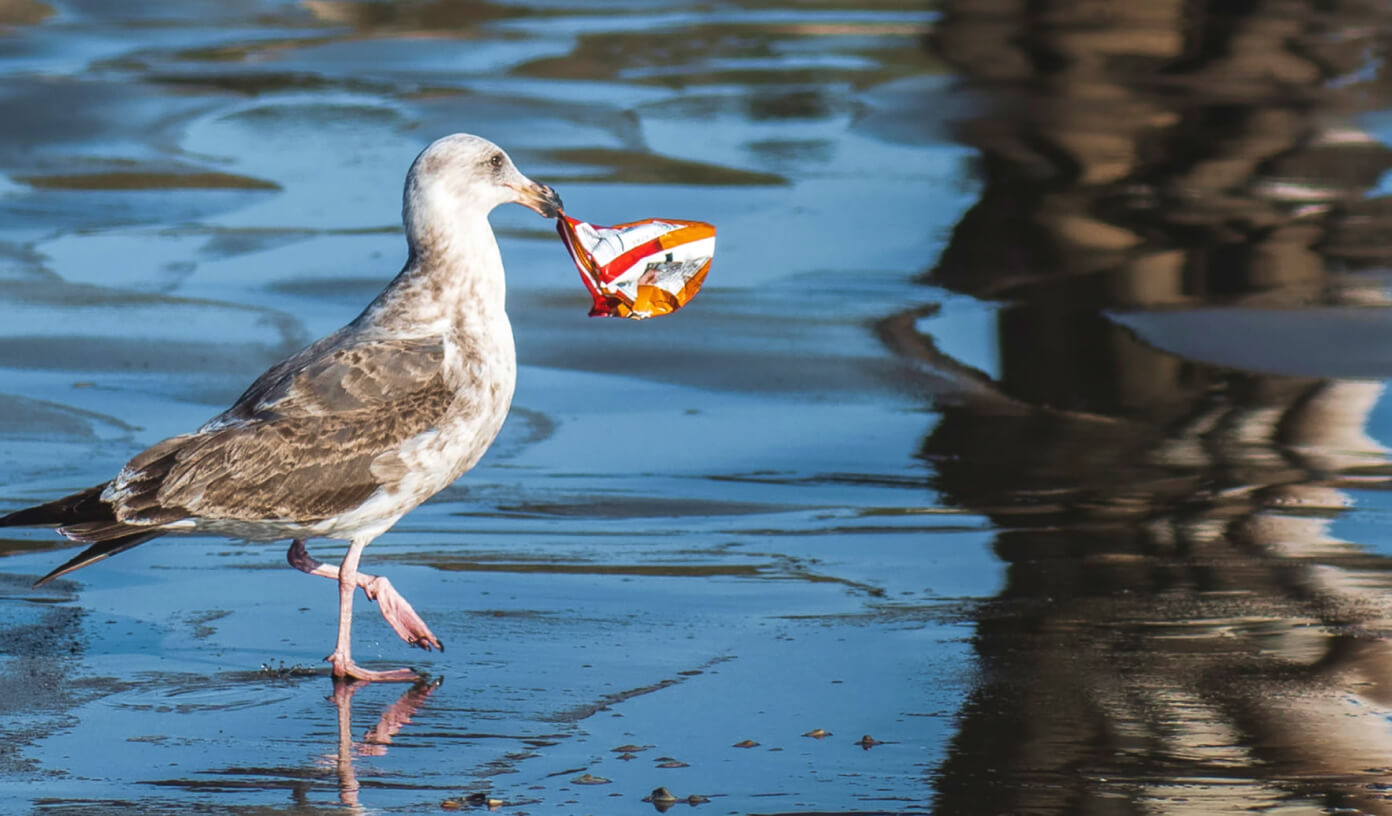 Photo by: Tim Mossholder / Unsplash
Photo by: Tim Mossholder / Unsplash
I investigated field data using a mathematical model that allows multi-criteria evaluation of geosystems based on fuzzy, non-numerical data. Ladoga was chosen as a reference site because it is the largest natural lake in Europe.
The model provided a clear indication of the dynamics of the lake’s water purification after the closure of technical and industrial facilities on its shores in the 1990s. At that time, the model showed the pollution of water masses far beyond the emission sources, which was caused by the circulation of water masses in the lake. This occurred during the years of barbaric pollution of the lake’s water masses by wood processing and pulp and paper mills.
After several years of self-purification of water from pollution in Lake Ladoga, a process of reverse diffusion was observed — relatively clean water dissolved the bottom soils where substances poisoning the water had been accumulating for decades. In particular, phenols contained in timber.
A similar process was once under way in the Great American Lakes when, after a 15-year regime of strict environmental compliance, water tests once again showed high levels of pollution. It turned out that clean water was beginning to leach contaminants from the bottom soils of the reservoirs.
At the moment, the technical facilities on the shores of Lake Ladoga are in operation, and the overall situation is much better than it was 20-25 years ago.
I think this is a consequence of the gradual tightening of environmental legislation in modern Russia. It is likely that if the laws are enforced over the next 50 years, things will be even better.
The model I developed can also be used to analyze the condition of other water bodies and geosystems: it has been tested at the Institute of Water Problems and the Institute of Geography of the Russian Academy of Sciences, and was presented at the Irkutsk Institute of Limnology. I use its elements in my teaching practice — future geo-ecologists should be proficient in these methods.
Cover photo: aldorado10 / iStock








Comments